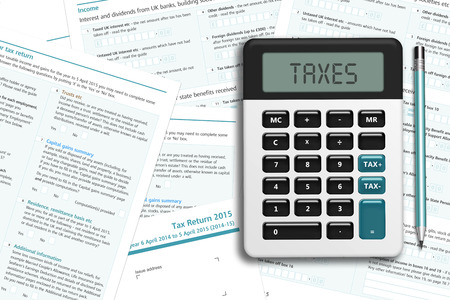
The method of discounted cash flow valuation is undoubtedly one of the most widely used in corporate finance to estimate the value of the company being analysed. However, despite its widespread use, numerous errors are made in cash flow forecasting.
The discounted cash flow (DCF) method has two main activities:
Both run the risk of having errors in the process of their calculation.
DCF is based on the company's ability to generate wealth in the future. Thus, the method is based on estimating future cash flows and discounting them at a rate appropriate to the cash flow rate used.
Broadly speaking, cash flow forecasting is based on the company's current financial statements and according to assumptions about sales growth, margin maintenance, estimated capex, etc., the profit and loss accounts and the balance sheet can be constructed, from which the cash flow statement is obtained.
Once this is obtained, the appropriate operations can be performed to obtain the desired cash flow: shareholder cash flow, debt cash flow, free cash flow or equity cash flow.
This activity, despite its apparent simplicity, presents numerous risks and mistakes that can be made and thus affect the correct valuation of the company in question. The most common mistakes are set out below:
Of course, depending on the cash flow you want to use, you will need to pay particular attention to what is included and what is excluded from it.
For example, taking free cash flow, the most common, one cannot forget that it represents the amount of money the company will have available to repay external debt and/or pay back its shareholders. Shis is the money that the company will obtain once all its operational and investment needs have been met. Thus, it will be obtained by starting from the profit before interest and taxes minus the taxes on it, adding depreciation and amortisation, and subtracting the investment in fixed assets and NOF.
Taking this into account will help us not to include items or flows that should not be taken into account in this particular case. The same will be true for the different cash flows. A good understanding of what they represent and how to calculate them will help to avoid errors in their calculation.
Despite the importance of NOF in any company, they are often forgotten when analysing the company. They should always be included in the cash flow forecast as they represent cash outflows by the company that are unavoidable for the day-to-day running of the company's activities.
It is not correct to add an increase in cash as a cash flow to shareholders since part of the increase will be needed to continue operations and in many cases cash is not expected to be distributed immediately.
However, it may be correct to add cash if the cash is distributed immediately, the rate of interest received by treasury is the same as the rate of interest paid on debt, or the cost of debt used in the WACC is the weighted average of the cost of debt and the rate of interest received by cash.

The effective tax rate of the leveraged company should be used when calculating the free cash flow. Errors arise when using the taxes paid (in amount of € or $) by the leveraged company or the statutory tax rate or a different one than the tax rate of the leveraged company.
It can only be considered as such when the expected profit matches the flow available for the shares. This occurs in only two cases:
As can be deduced, these two scenarios are highly unlikely as they assume conditions that are rarely present in companies. Therefore, in the vast majority of cases, profit cannot be considered as a flow.
As with the error detailed above, this will only occur in very special situations and conditions, which are not common in most companies.
It may happen that when performing a sensitivity analysis by constructing different scenarios, the flows in the worst-case scenario exceed those in the best-case scenario. This is obviously illogical, and will result from some error in the calculation of the flows that will have to be revised.
Source: 201 Common errors in company valuation. Pablo Fernández. 2008.
Download the complete guide to company valuations here: